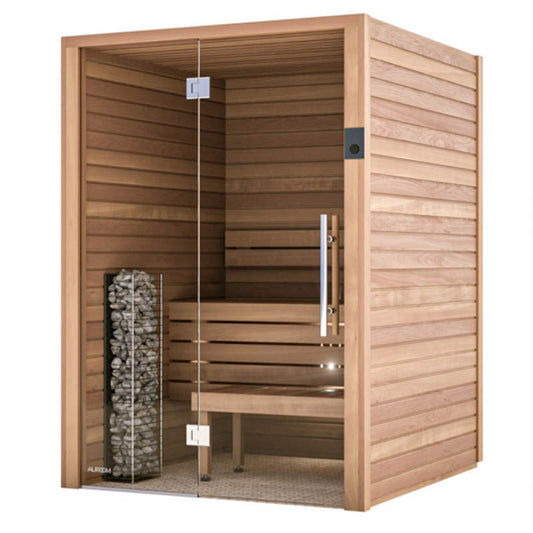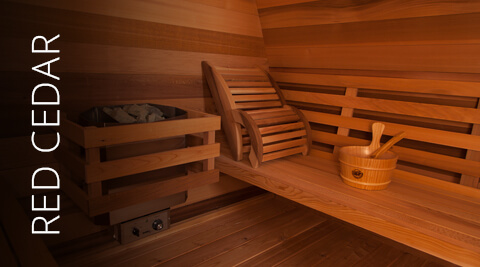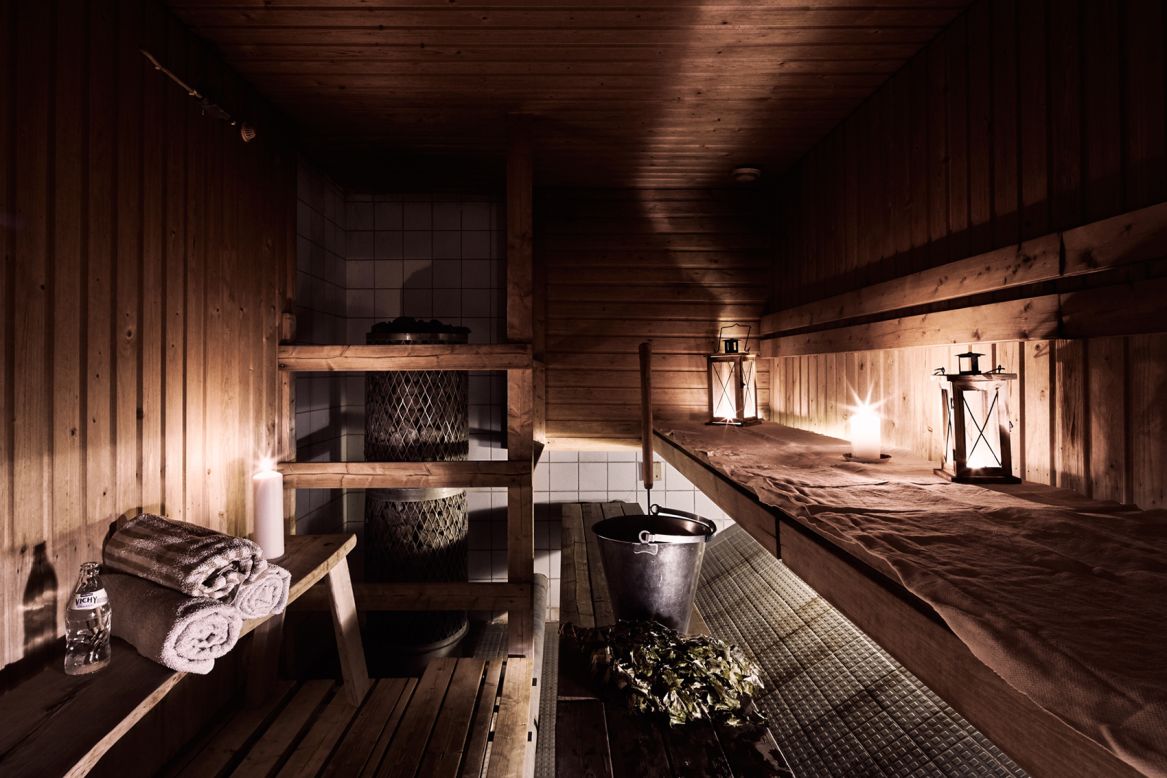Getting The Traditional Sauna To Work
Getting The Traditional Sauna To Work
Blog Article
The 6-Second Trick For Traditional Sauna
Table of ContentsThe Ultimate Guide To Traditional Sauna9 Simple Techniques For Traditional SaunaSome Known Facts About Traditional Sauna.Some Known Details About Traditional Sauna The smart Trick of Traditional Sauna That Nobody is Talking About
Many of the weight shed in a sauna is water loss and is re-gained upon rehydrating. However, certainly sauna can be an integral part of a healthy and balanced weight reduction program. To check out the differences in between conventional and IR saunas, I will separate these into proven, theoretical, and made distinctions.Hence, the best factor in the saunawhich is at the ceiling directly above the sauna heateris typically in between 185 and 190 F. Claims that a typical sauna surpasses 200 F is merely not true and not appropriate for electrical saunas offered in the United States. The temperature level for a far-infrared sauna is typically set between 120 and 140 F; however, unlike the traditional sauna, the goal in and IR space is not to attain a heat.

When a standard sauna has actually been appropriately heated up, the sauna wall surfaces are cozy, the air temperature level has attained set temperature and the rocks are extremely warmed. As a fascinating side note, the heated walls and the rocks are releasing far-infrared heat, incorporated with the warmed air, to create an "wrapping up heat".
What Does Traditional Sauna Mean?
When the heat is attained, the components cycle on and off to keep the high temperature. A lot of typical sauna individuals enjoy pouring water over the rocks to develop steam to increase sauna moisture degrees. The benefits of pouring water over the rocks include: making the area a lot more comfy, moistening the nasal passages, and enabling the usage of aromatherapy by blending essential oils with the water.

When the energy enters the body, it creates the body temperature level to increase and ultimately results in perspiration. In an infrared sauna it is very important for the emitters/heaters to stay on almost regularly. Since there is no mass of rocks to retain warmth, the sauna will cool if the emitters turned off.
About Traditional Sauna
As mentioned over, the sauna bather in an infrared space desires to position himself before operating emitters to obtain maximum benefit from the warmth. The home heating time for the 2 areas can be very different, depending on exactly how the rooms are used. For a conventional sauna, a bather ought to enable 30-40 minutes for the room to accomplish a wanted temperature level and to appropriately pre-heat the rocks.

A well created sauna will commonly attain a temperature of 150-160 F in concerning 30-40 mins. For hotter temperatures, the area may require to heat for a longer duration.
To some, 15 minutes was "lost" while the infrared power heated up the timber panels rather than heating up a body, while others weblink find a pre-heated area to be extra comfy and believe an elevated starting temperature is essential to start perspiring. The size of advised use for each and every space is about the exact same (10-15 mins per session); however, due to the lower air temperature levels and the capacity to feel the results of infrared heat quicker than a conventional sauna, it is not unusual for an individual to spend a total amount of 20-30 minutes in an infrared sauna.
Everything about Traditional Sauna

The typical cost per kWH of electrical energy in the U.S. is around $0.11, so a 4.5 kW heater will set you back roughly $.50 to compete one hour, if the heating system runs continuously for one hour. Usually a sauna heater will compete 75% of the very first hour and 50% of subsequent hours on given that the aspects cycle once the established temperature level is accomplished.
A two individual far-infrared space is typically physically smaller sized than a standard sauna, usually concerning 4' x 4' or smaller sized. useful source The IR heating system is normally 1.5-1.7 kW using a 120 volt 15 amp plug-in service. Because the space can be made use of quicker than a sauna space, we will certainly think the room is used for to of an hour including heat up time.
Finally, there is a rarely discussed difference in This Site the social experience between the 2 spaces. While our society has shed a few of the social advantage of the standard sauna experience, it can be extremely socially rewarding (Traditional Sauna). From family members time in the sauna, to heart-felt discussions with considerable others, to sauna partiesthe typical sauna experience can result in intimate mingling
Some Known Factual Statements About Traditional Sauna
The majority of greater end infrared spaces consist of tinted light therapy, sound systems and full-glass fronts.
Report this page